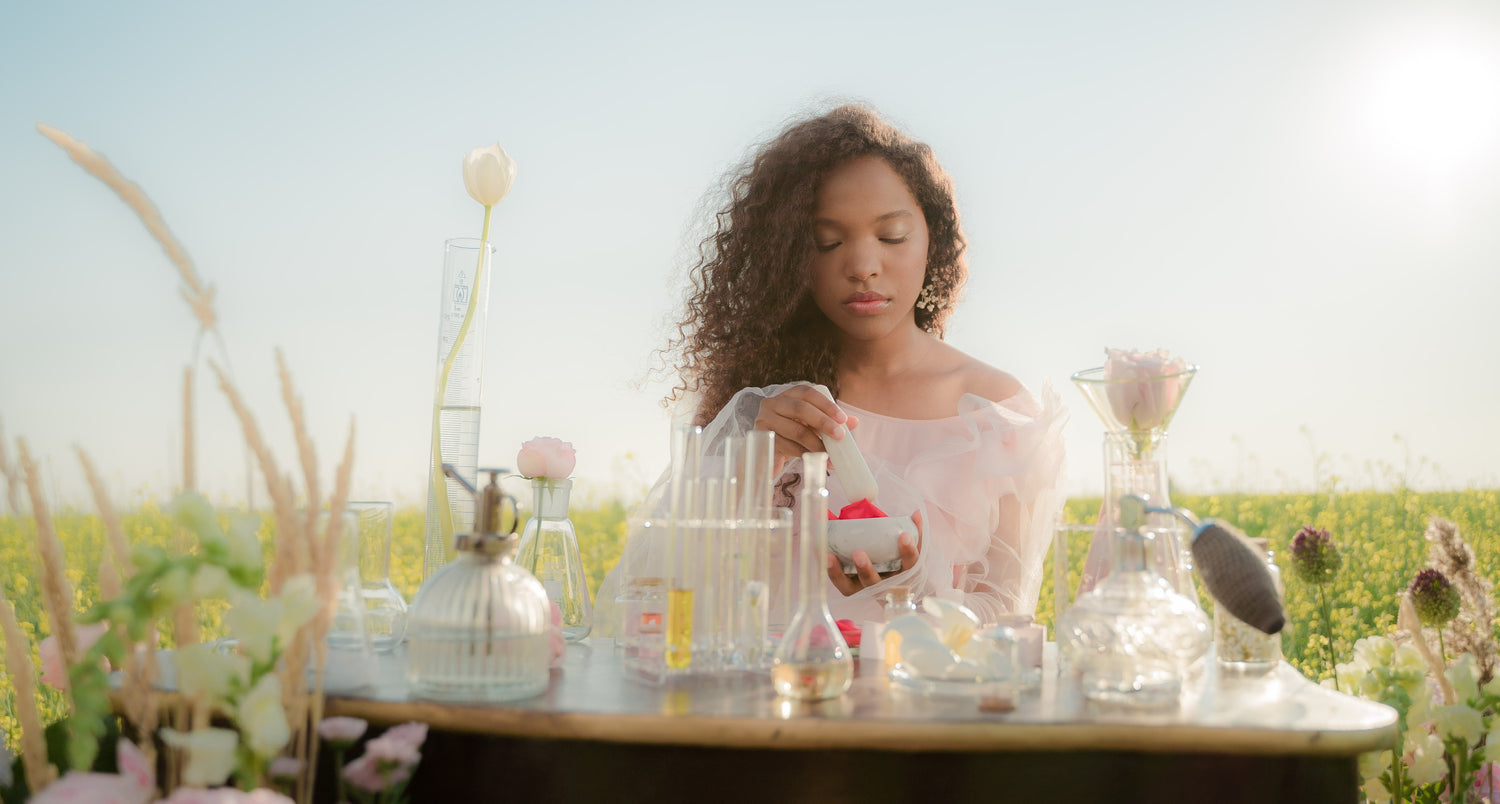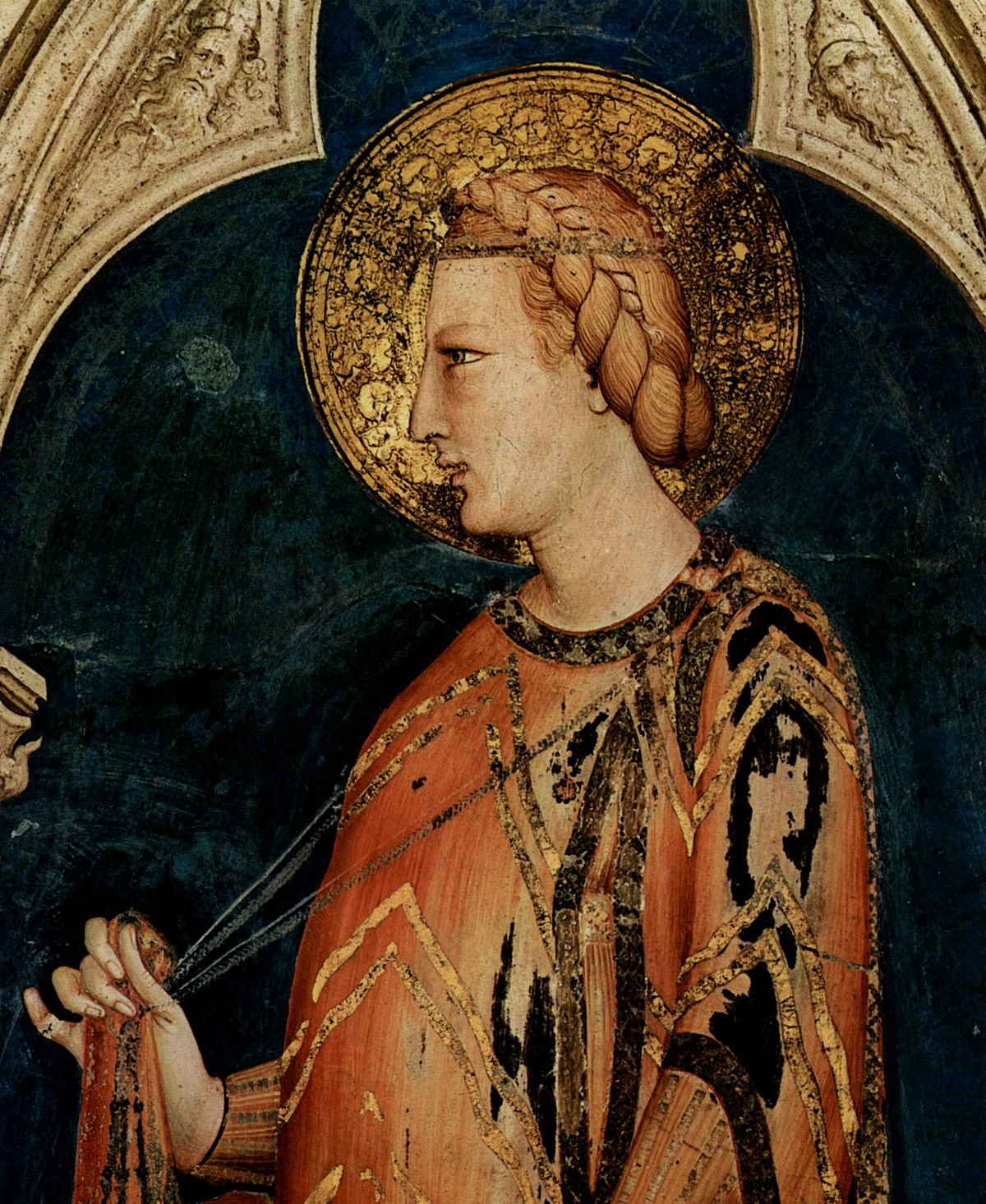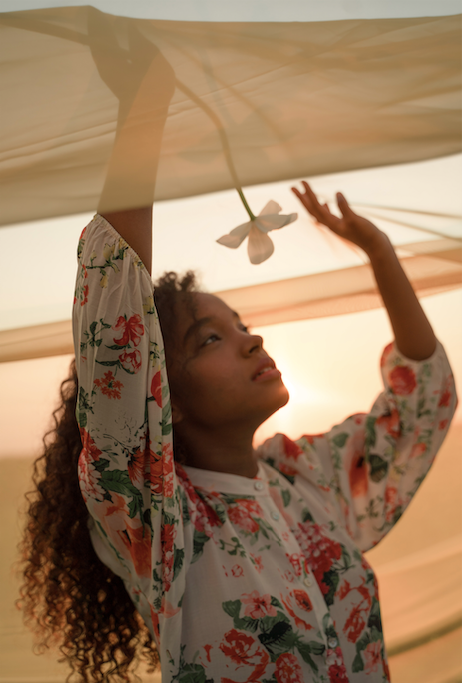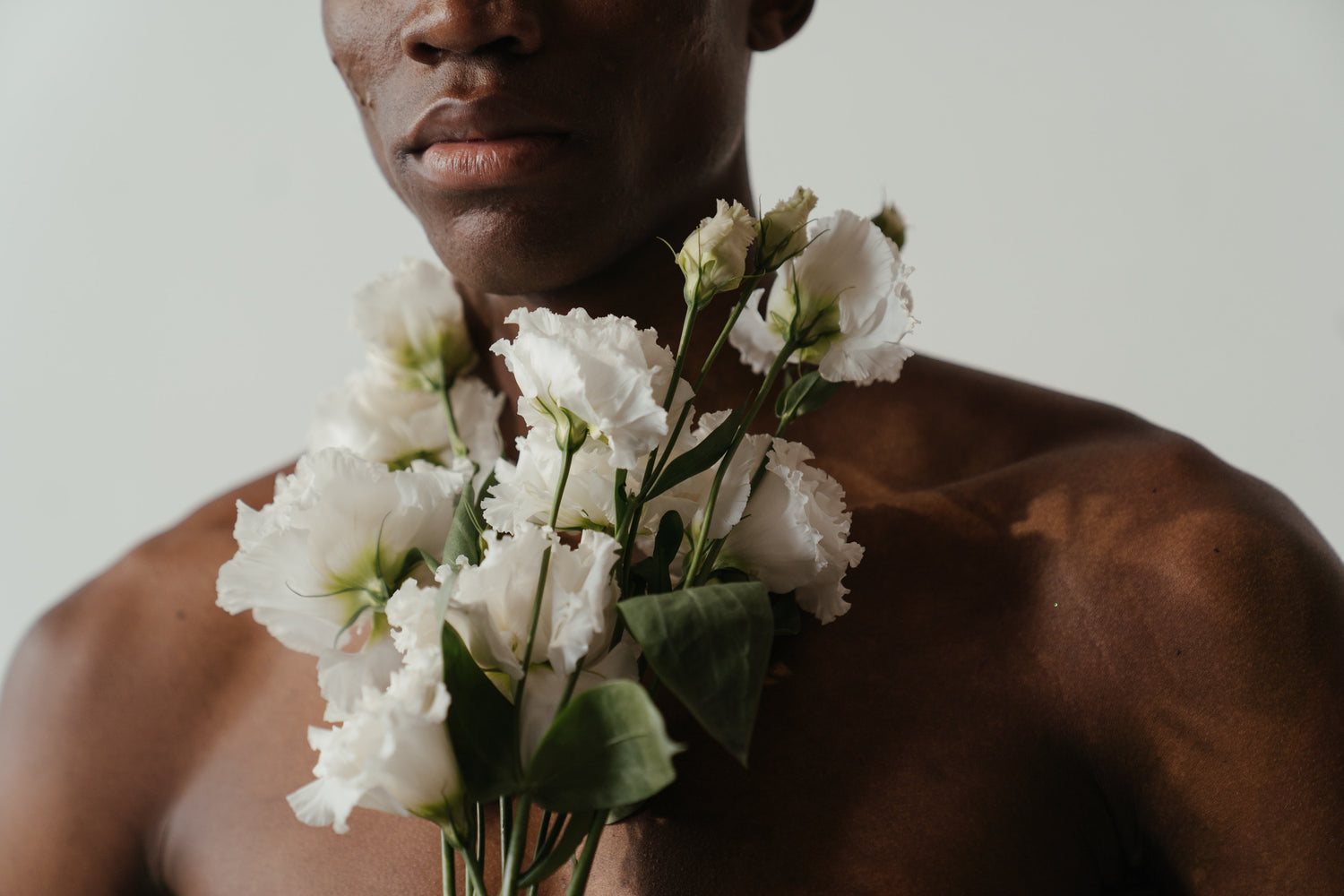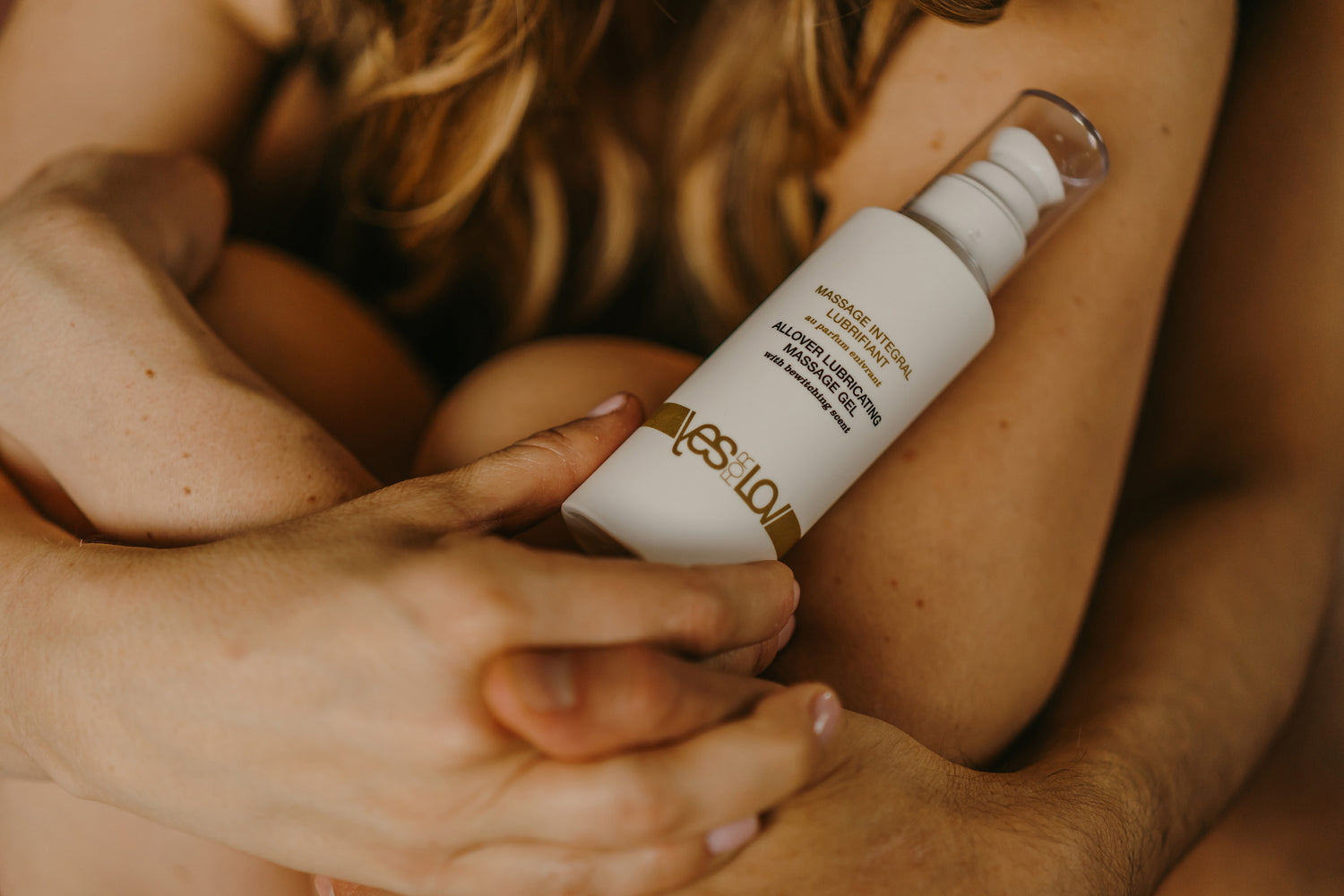Failing hygiene will give the perfume a new impetus. Three countries will clearly emerge: Spain, Italy and France which will very quickly become, under the influence of Arab culture, the main centers of commerce and trade where apothecaries, spice and herb merchants will circulate their findings. Italy, with the control of Genoa and Venice on Mediterranean trade, will have a good chance of recovering all the possible and unimaginable spices from India and the Middle East at a good price. In France , the marriage of Catherine de Médicis with Henri II in 1533 will not go unnoticed (she will also come to the Court with her personal perfumer, her cooks and her pastry chefs).
The profession of perfumer will then very quickly acquire its letters of nobility and the master glovers-perfumers of this time will forever remain the ancestors of today's perfumers. Grasse will be the European capital of flower and perfume production for decades. Raw materials such as musk, patchouli, vetiver or sandalwood will arrive in France thanks to the Compagnie des Indes , which will ultimately contribute to the development and independence of our perfumery.
The orange tree , and we spoke rather of lemon tree , just like for the lemon tree in ancient times, was long sought after for its medicinal benefit . Brought back by the Crusaders who had made Hyères their port of embarkation for the Holy Land, it was to take root in Provence and the essence that perfumers were able to draw from its flower, therefore experienced very good growth. In 1566, one could read in the accounts of Charles IV that “orange trees, palm trees and pepper trees were so numerous around the city that they were like a forest”. For lack of sufficient heat, the culture of the orange tree in our country will remain anecdotal. New scents will emerge: vanilla, cocoa, balsam from Peru, balsam from Tolu, Tonka bean from Brazil, benzoin from Sumatra .
At the Court of Louis XIV (known as the “sweet flower” but not a penny fan of baths), everything was perfumed: gloves, handkerchiefs, sheets, wigs and rosaries. As for Madame de Trémoille (nicknamed “la Nérola”), she never went out without her orange blossom-scented gloves. Would these “guanti di Neroli” gloves have given their name to the essence of Neroli?
